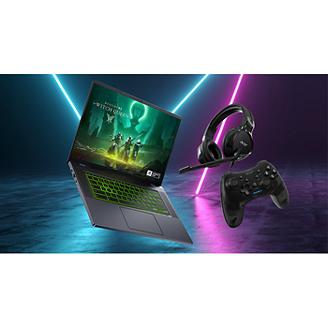Hello everyone, This is a bit of a long story. I have an Acer Predator PH315-54, and a couple of months ago, I was replacing the thermal paste on the CPU and GPU. After reassembling everything, I booted up the laptop and started gaming but noticed it wasn’t running smoothly. I decided to open the back again and removed some components like the RAM, SSD, etc and reseat them to see if that was the issue. When I booted it up afterward, it started blue-screening whenever I ran anything intensive or even after waiting a short while. The error message was "nvlddmkm.sys." After multiple blue screens, the laptop eventually stopped booting altogether. Long story short, I figured out that one of the RAM slots wasn’t working. Both RAM sticks were fine because the laptop would boot if either one was in the top slot, but not if they were in the bottom one—so I had to stick with just one 8GB module.I did some research on the "nvlddmkm.sys" error and found out it could be caused by either a dead GPU or a driver issue. I tried everything to fix it, including:
- Resetting the driver with DDU (Display Driver Uninstaller)
- Installing older NVIDIA drivers
- Fully resetting the laptop
However, every time I installed a new driver, it crashed again. Eventually, the NVIDIA app even stopped recognizing the GPU, saying there was no hardware to install drivers on. (For reference, the laptop worked fine when I disabled the GPU in Device Manager.)At this point, I wasn’t sure what else to do, so I just kept using the laptop with the GPU disabled, basically as a regular laptop.
Here’s the interesting part. A couple of weeks ago, I was at school in the library when I suddenly got a notification on my laptop about a new NVIDIA driver update (I think it was the new DLSS 3 update released this year). I was confused because I was sure I had deleted the NVIDIA app. Then, out of nowhere, the laptop blue-screened again with the "nvlddmkm.sys" error. I thought, not this again, but strangely, it didn’t crash after that. When I got home, I decided to test the laptop again. I used the NVIDIA app to install the drivers, and to my surprise, it worked! The app recognized the GPU, and everything seemed back to normal. I even ran some stress tests and the laptop was working great and i could game(For reference, during the time without a working GPU, I had upgraded to a single 32GB RAM module and was using that.) Now, the GPU works fine, but the RAM issue remains—the bottom RAM slot still doesn’t work. I still have the old RAM modules, and both of them are functional, but I can only use one at a time, and only in the top slot.
Also, over the time my laptop had no GPU, I built a PC—and after using that, I completely forgot how hot gaming laptops can run!
So now here is the question:
- Has anyone else experienced this problem?
- What do you think about the RAM issue? The slot looks fine—no burns, no bent pins, no dust—and it feels exactly the same as the working slot when inserting RAM.








